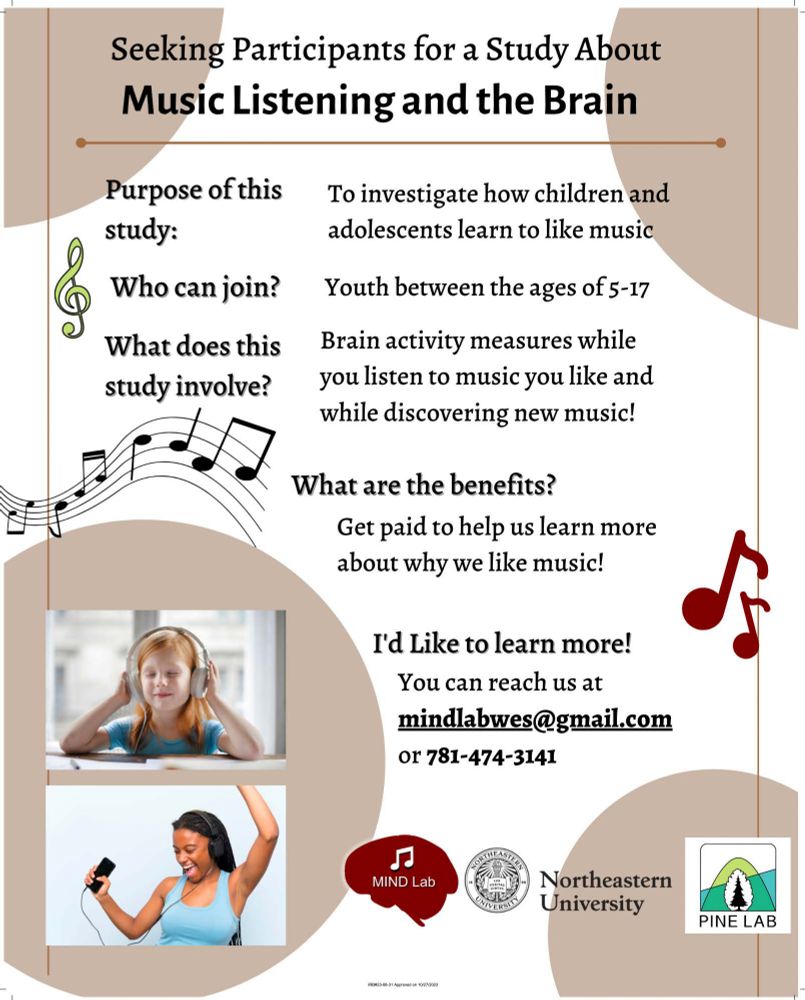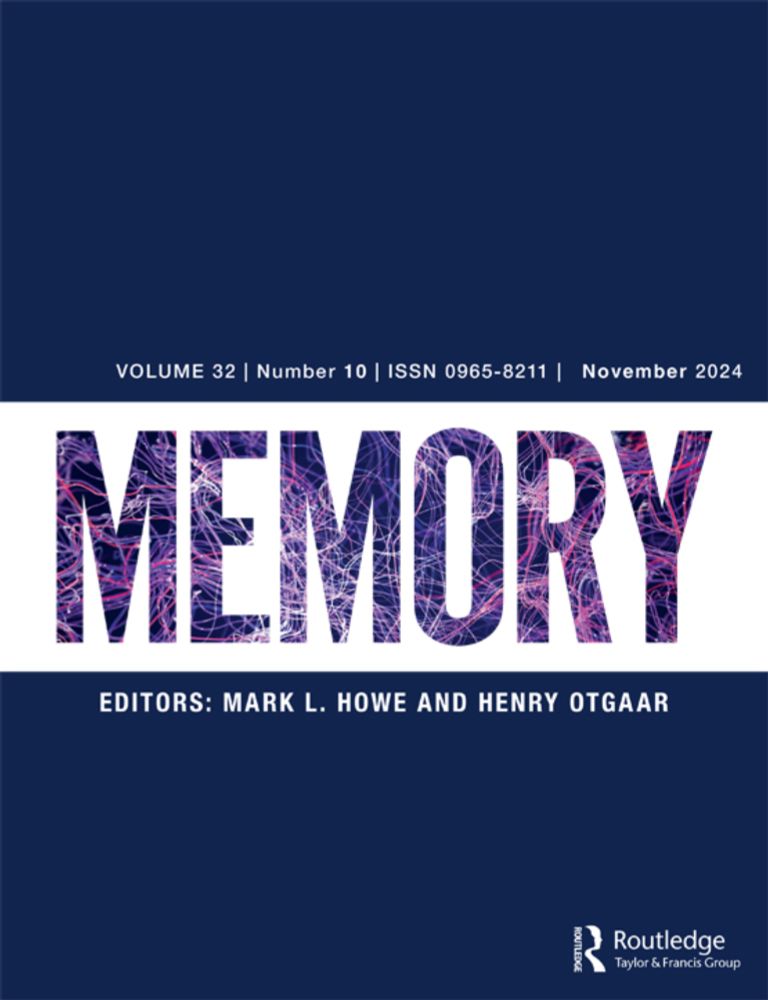
Representations in Theory of Mind Network During Music Listening

Representations in Theory of Mind Network During Music Listening
It's not even a little bit illegal.
Mapping multi-modal dynamic network activity during naturalistic music listening
direct.mit.edu/imag/article...

It's not even a little bit illegal.

This comes from my post-bacc at U of Minnesota working w/ a team of incredible scientist & artists (none on 🦋)
Feel free to check it out - it’s open access! All thoughts welcome 💖
link.springer.com/article/10.1...

This comes from my post-bacc at U of Minnesota working w/ a team of incredible scientist & artists (none on 🦋)
Feel free to check it out - it’s open access! All thoughts welcome 💖
link.springer.com/article/10.1...

just comment below if you want to be added!
go.bsky.app/4oZbDpj
#musicskyence
just comment below if you want to be added!
go.bsky.app/4oZbDpj
#musicskyence
Applicants, here's what to expect after you submit your statement drafts. ✅
Remember to submit at www.asfp.io/applicants/s... by Oct. 31!
#CognitivePsychSky #ClinicalPsychSky #DevelopmentalPsychSky
#SocialPsychSky

Applicants, here's what to expect after you submit your statement drafts. ✅
Remember to submit at www.asfp.io/applicants/s... by Oct. 31!
#CognitivePsychSky #ClinicalPsychSky #DevelopmentalPsychSky
#SocialPsychSky




and @KelsieLopez who submitted our manuscript with the incredible @psycheloui.bsky.social validating our new scale: Music@Home-Retrospective for indexing childhood musical environments as adults! preprint here: osf.io/eq496/?view_...
and @KelsieLopez who submitted our manuscript with the incredible @psycheloui.bsky.social validating our new scale: Music@Home-Retrospective for indexing childhood musical environments as adults! preprint here: osf.io/eq496/?view_...





